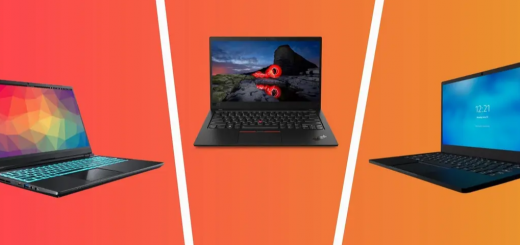Something About Science and Technology in Poor Countries

Science and technology play a major role in the daily life of many people. It is the foundation of modern life. Science is what we use to understand the world and improve our quality of life. Science and technology have made it possible for people to understand the world and understand themselves. For example, people use science and technology for medical purposes, make products, create artwork, provide entertainment, and educate people about the world.
We usually think about the United States and not developing nations, when talking about science and technology. But, did you know that 1/3 of the world’s population lives in a country with an annual gross domestic product (GDP) of less than $10,000? That’s a staggering figure when you think about how many high-tech products we take for granted, like smartphones, computers, cars, and airplanes. When thinking about science and technology, it’s important to consider the overall picture.
Most of the world’s population lives in developing countries, and these people face many challenges. Although technology can improve their economies, it can also cause problems. For example, access to the internet enables people to access news, use credit cards, and pay bills, but it also means people can shop without getting to work, which sometimes causes social unrest.
In the past, access to technology in developing countries has and have been limited. Let’s consider the case of a poor country like Burkina Faso in West Africa. Burkina Faso has a population of almost 22 million people, of which 85 percent are rural and 91 percent live in rural areas. The country had 17.4 percent of the world’s rural population and 6.9 percent of the world’s poor in 2010.
Developing countries lack the resources to do more scientific research, yet their populations bear the brunt of disease and could benefit from the development of new medicines. Fortunately, a 2017 study published by the Lancet Commission on Investing in Health in Africa found ways for developed nations to help poorer countries develop their research capacity.
It’s no secret that technology can play a key role in improving people’s lives in impoverished countries. But ensuring these countries have access to the right technologies and resources can be an uphill battle. Technology is slowly but surely changing the way people in developing countries communicate and access information. Thanks to mobile phones and other mobile technology, people in the underdeveloped world can now connect to the worldwide web and have access to information that was once reserved for the most privileged people.
Have you ever wondered how technology could have a big impact on the lives of a developing nation? A trip to South Africa will help answer that question. South Africa has one of the highest rates of cell phone usage in the world, and most people have at least a basic smartphone. This access isn’t a luxury but rather a necessity. Mobile technology enables citizens to send money more quickly, find hospitals, and stay safe. Not only can they learn about world history in the museums of Cape Town, but they can also access information on HIV/AIDS and available treatment options. Technology also gives South Africans the chance to compete in global economies and a voice in the government.
From cell phones to clean water, there aren’t many things in this world that are more expensive in developing countries than they are in the rest of the world. A cell phone can cost $100 or more, while tablet computers are a few hundred dollars. This considerable cost is due to the cost of technology and its components. It’s expensive to make technology, and developing countries simply can’t afford it.



